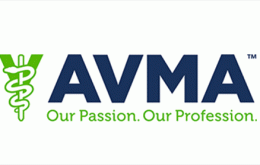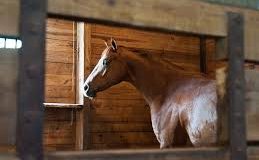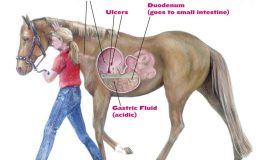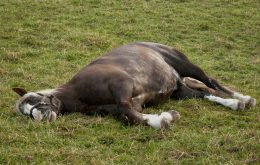AVMA Rules and Policy Change for Declawing
- By : Ruben Matthews
- Category : Practices and Methods

The AVMA discourages the declawing or onychectomy of cats in favor of non-surgical alternatives to the procedure. With that stated, the AVMA does respect the right of veterinarians to use their professional discretion when determining what is best for the health and welfare of an individual pet. This means that the veterinarian must adequately counsel the pet owner regarding the natural scratching behavior of cats, what the declawing surgery entails, and its potential complications. The veterinarian should also discuss alternatives to the surgery. In cases when the declawing procedure is elected, the pet owner must utilize pain management for his or her pet.
How does the AVMA’s Stance Compare with its Prior Stance?
The AVMA’s prior policy on declawing, which was last updated in 2014, stated that the procedure should only be utilized as a last resort, and highly encouraged the education of pet owners on this topic. The new policy still encourages pet owners’ education on pet behavior, the surgery, and its risks. However, the policy’s main focus is now on the importance of professional judgement in determining whether to declaw a pet. There has been no change regarding the mandate for pain management after the surgery has been completed.
What’s Behind the AVMA’s Current Stance on Declawing?
By discouraging pet owners to declaw their pets, the AVMA is consistent with the position of the American Association of Feline Practitioners (AAFP) and American Animal Hospital Association (AAHA). The AVMA’s current stance on declawing was also influenced by states and cities that were adding or considering measures to ban declawing.
Ahead of voting to adopt the current policy, AVMA delegates debated if the new proposal in whole or part would limit veterinary practice, set rigid pain management requirements, or enliven arguments favoring city or state bans on declawing. The decision was centered on the AVMA’s potential to lead on animal welfare issues that are important to the public, and act as a “voice” for the animals.



No Comments